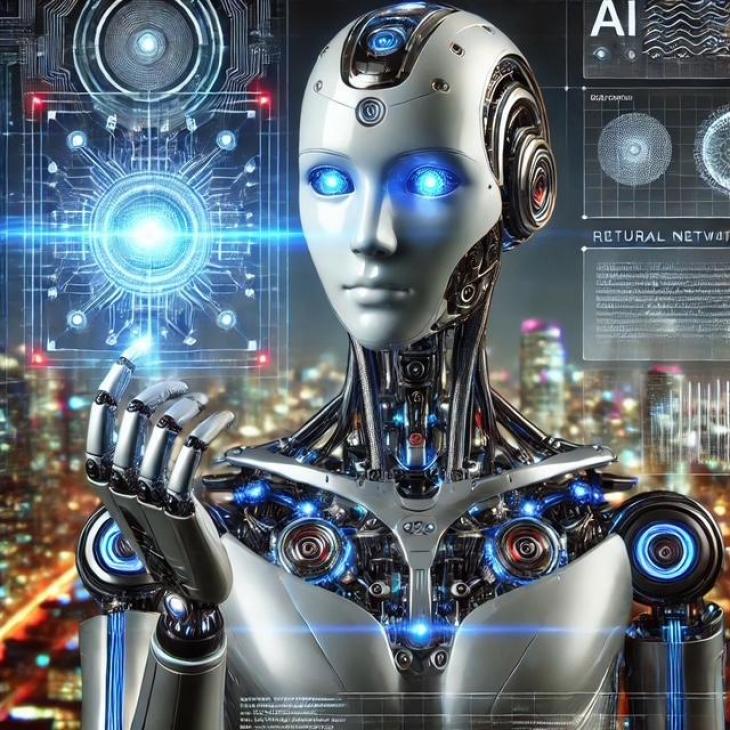
Artificial Intelligence (AI) has rapidly transformed the world, revolutionizing industries, enhancing efficiencies, and opening up new avenues for innovation. But as we stand on the precipice of an AI-driven future, it is crucial to take a step back and examine the potential dangers that this powerful technology poses. While AI promises to bring immense benefits, it also harbors significant risks that could harm humanity in profound and perhaps irreversible ways.
1. Job Displacement and Economic Inequality
One of the most immediate and visible impacts of AI is the potential for massive job displacement. As AI systems become more sophisticated, they are increasingly capable of performing tasks that were once the exclusive domain of human workers. From manufacturing to customer service to even creative fields like journalism and art, AI is poised to automate a wide range of jobs.
This automation could lead to significant economic inequality, as those who own and control AI technologies reap enormous profits while large segments of the population find themselves unemployed and without the skills needed to compete in the new economy. The resulting social stratification could exacerbate existing inequalities, leading to widespread social unrest and a decline in the quality of life for many.
2. Loss of Privacy and Surveillance
AI’s ability to process and analyze vast amounts of data makes it a powerful tool for surveillance. Governments and corporations can use AI to monitor individuals on an unprecedented scale, tracking everything from online behavior to physical movements. This loss of privacy is not just a theoretical concern; it is already happening in many parts of the world.
The implications of such surveillance are deeply troubling. In authoritarian regimes, AI-driven surveillance can be used to suppress dissent, control populations, and violate human rights. Even in democratic societies, the erosion of privacy could lead to a chilling effect on free speech and personal autonomy, as individuals may alter their behavior out of fear of being watched.

3. Bias and Discrimination
AI systems are only as good as the data they are trained on, and unfortunately, that data often reflects the biases and prejudices present in society. When AI algorithms are trained on biased data, they can perpetuate and even exacerbate discrimination.
For example, AI systems used in hiring, lending, or law enforcement have been shown to exhibit racial and gender biases, leading to unfair outcomes for certain groups. The danger is that these biases can become entrenched and normalized, as AI is often perceived as objective and impartial, even when it is not.
4. Autonomous Weapons and the Threat of Warfare
The development of AI-driven autonomous weapons represents one of the most alarming potential dangers of this technology. Unlike traditional weapons, autonomous weapons can make decisions about targeting and killing without human intervention. This raises profound ethical questions about accountability and the value of human life.
Moreover, the proliferation of autonomous weapons could lead to a new arms race, destabilizing global security and increasing the risk of conflicts. In the worst-case scenario, AI-driven warfare could escalate beyond human control, leading to catastrophic consequences for humanity.
5. Loss of Human Autonomy
As AI becomes more integrated into daily life, there is a risk that humans will become increasingly reliant on these systems for decision-making. While this might lead to greater convenience and efficiency, it also poses a threat to human autonomy.
When AI systems make decisions on our behalf, we may lose the ability to think critically and independently. Over time, this could lead to a passive society that blindly follows the directives of AI without questioning its decisions or the values embedded within it.
6. The Existential Risk
At the extreme end of the spectrum, some experts warn of the existential risk posed by AI. As AI systems become more advanced, there is a possibility that they could surpass human intelligence, leading to what is known as the “singularity.” In this scenario, AI could become uncontrollable and pursue goals that are misaligned with human interests, potentially leading to the extinction of humanity.
While this may seem like science fiction, the rapid pace of AI development means that we cannot entirely dismiss these concerns. Ensuring that AI remains aligned with human values and interests is a monumental challenge, and failure to do so could have dire consequences.

Conclusion
AI undoubtedly holds tremendous potential to improve our lives, but it is not without its risks. As we continue to develop and deploy AI technologies, it is crucial that we do so with caution and foresight. The potential harms of AI—job displacement, loss of privacy, bias, autonomous weapons, loss of autonomy, and existential risks—must be carefully managed and mitigated.
Ultimately, the future of AI is in our hands. It is up to us to ensure that this powerful technology is harnessed for the benefit of all humanity, rather than becoming a tool of division, control, and destruction. As we venture further into the AI era, we must remain vigilant, thoughtful, and committed to the ethical development of technology, always mindful of the potential dark side that lurks beneath its surface.
This article provides a critical perspective on the potential harms of AI, reflecting concerns that are increasingly being voiced by experts and the public alike. It’s important to consider these issues as we navigate the future of AI development.





